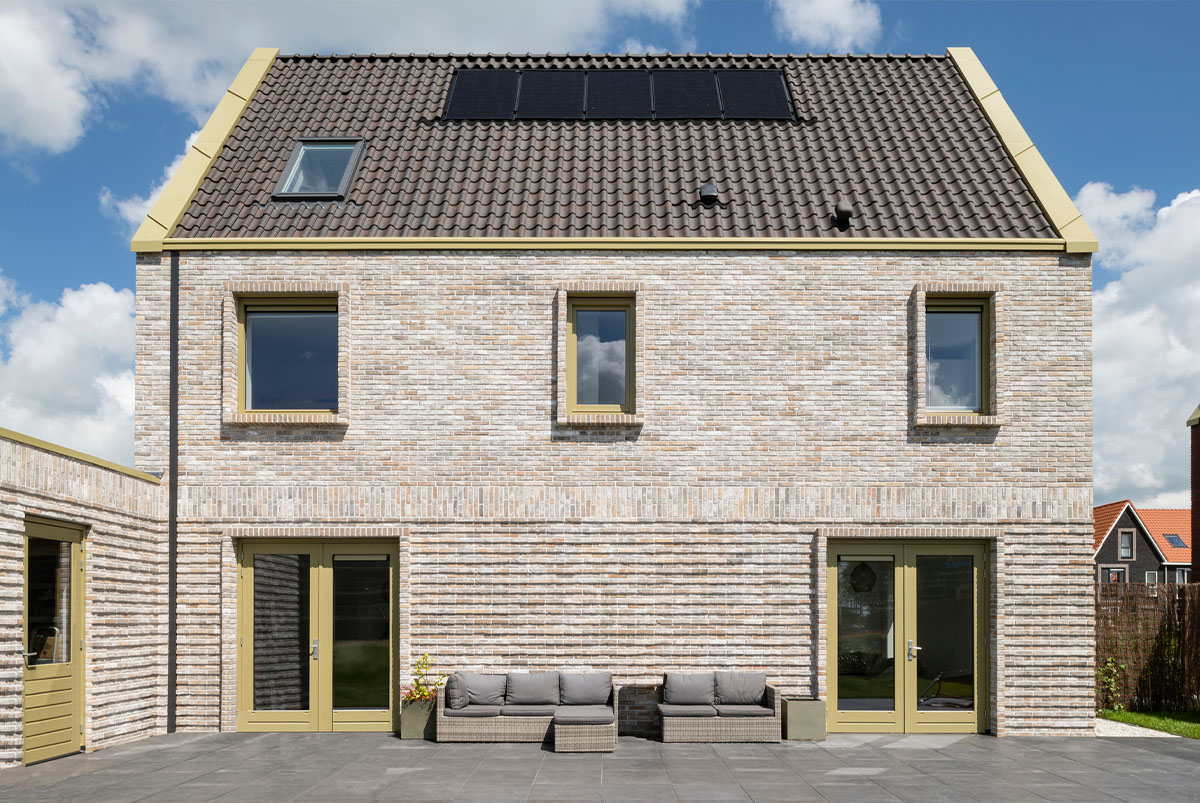There are many reasons to explore applying for a home equity line of credit (HELOC). Maybe you want to consolidate your debt, pay tuition or finance home improvement projects. No matter how you spend the money when you use a HELOC, you’re taking advantage of a more flexible, less expensive way to borrow a large amount of money.
Given the steady climb of interest rates, many homeowners are understandably worried about paying more in interest on their HELOCs. If you’re concerned about the impact of inflation and additional interest rate increases, a fixed-rate HELOC can shield you from rate hikes and unpredictable monthly payments.
If you’re not a fan of risk but want to take out a HELOC, we can show you how a fixed-interest HELOC works and when it might make sense to apply for one.
How Does a Fixed-Rate Home Equity Line of Credit Work?
Unlike home equity loans and other loans that offer lump-sum payments, a HELOC lets you use your home equity to secure a revolving line of credit (the “LOC” in HELOC). HELOCs have two phases:
- The draw period: This phase typically lasts 5 – 10 years. You can repeatedly borrow from your line of credit during its draw period.
- The repayment period: This phase typically lasts 10 – 20 years. You can no longer borrow and must repay the line of credit during this period.
Most HELOCs have variable interest rates, which means the rates move with the market. Your interest rates will climb or drop based on market conditions.
With a fixed-rate HELOC, the interest rate on your line of credit is fixed. No matter what’s happening in the market, it won’t change. That can save you money when interest rates rise, but you’ll miss out on the benefit of paying less in interest if interest rates fall.
Advantages and Disadvantages of a Fixed-Rate HELOC
A fixed-rate HELOC is a legit alternative to a home equity loan or a variable-rate HELOC. But there are disadvantages you should consider before opting for a fixed-rate HELOC.
✅Consistent monthly payments make it easier to budget
With a fixed-rate HELOC, you know two key things: exactly what your interest rate is and how much your monthly payment will be. Because your monthly payment never changes after the draw period, it’s easier to plan for the bill and include it in your monthly budget.
✅Protection from interest rate hikes
Fixed-rate HELOCs protect you from interest rate hikes – even if interest rates rise, your monthly payments will stay the same.
✅Flexibility to convert depending on the market
Some lenders allow you to convert your fixed-rate HELOC back to a variable-rate HELOC during the draw period. This flexibility allows you to take advantage of declining rates. In some cases, you can even switch back to a fixed rate if you change your mind.
⛔Limit on the amount you can lock under the fixed rate
Many lenders limit the amount of money you can borrow at a fixed interest rate. If you can only lock in the rate on a portion of your HELOC, you’ll pay a variable interest rate on the remaining balance.
⛔Fewer lenders to choose from
Many lenders don’t offer a fixed-rate HELOC option, so your lender options will be limited.
⛔May have more restrictive terms
A fixed-rate HELOC may include more restrictive terms than an adjustable-rate HELOC (aka variable-rate HELOC). For example, you may need to borrow more than you need to meet the minimum loan amount required to lock in a fixed rate. And the repayment period on a fixed-rate HELOC may be shorter than a variable-rate HELOC, so you’ll make larger monthly payments.
⛔Higher fees
Fixed-rate HELOCs often have higher fees. Locking the interest rate can save you money and protect you from inflation and rising interest rates, but there’s a good chance the lender will charge you more upfront fees than they would with a variable-rate HELOC.
⛔Higher initial annual percentage rate (APR)
A fixed-interest HELOC will typically have a higher initial interest rate than a traditional adjustable-rate HELOC.
How To Convert an Existing HELOC to a Fixed-Rate HELOC
With rates rising, you have a few options to convert an existing variable-rate HELOC to a fixed-rate HELOC.
Ask your lender if you can convert to a fixed-rate HELOC
You can make the switch to take advantage of favorable interest rates. Some lenders allow borrowers to switch back and forth between variable and fixed interest rates. But the conversion (or conversions) can only happen during the draw period. Once the repayment period begins, your only option to switch to a fixed-rate HELOC will be refinancing.
Check with your lender to see if they’ll allow you to switch to a fixed-rate line of credit. If they allow it, ask them how many times you can convert and if they charge a fee for each conversion.
Refinance to a fixed-rate HELOC
You can convert your traditional HELOC to a fixed-rate HELOC by refinancing. With a refinance, you’ll pay closing costs and swap out your existing HELOC with a new fixed-rate HELOC.
Open a new HELOC with a fixed rate
If refinancing or converting your HELOC isn’t an option, you can take out a new fixed-rate HELOC. You’ll probably need to pay off your existing HELOC before you open a new HELOC.
Be Mindful of the Market
The market economy may not be under your control, but you can control how to take advantage of its ups and downs. If your reading of the economic tea leaves is that interest rates will continue climbing, a fixed-rate HELOC may be the better choice.
If, after this period of announced Fed rate hikes, your instinct tells you the market is pointing to lower interest rates, you may do better with a variable-rate HELOC.
